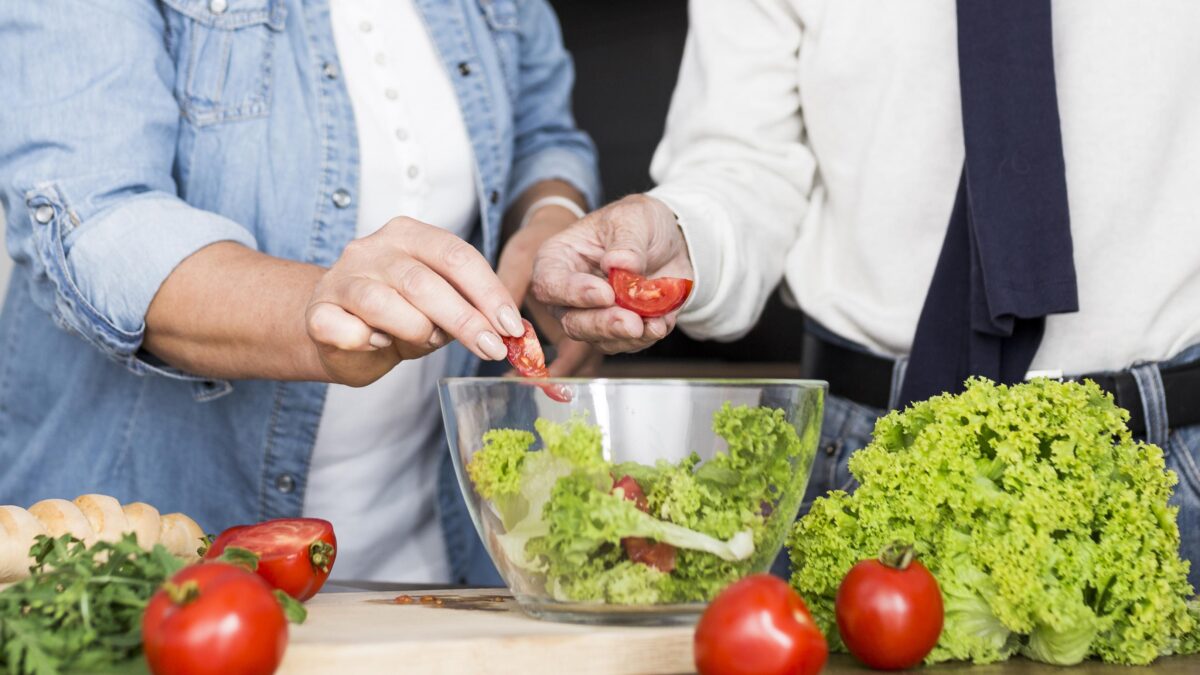coli bacteria can be found in the environment, foods, and intestines of people and animals. While most strains of E. coli are harmless, some can cause severe foodborne illness. Understanding how to handle, prepare, and store food properly can significantly reduce the risk of E. coli contamination. The E. Coli lawyers share essential food safety tips to help keep this at bay and ensure your meals stay safe and enjoyable.
Table of Contents
Practice Good Hygiene
Hygiene is the first line of defense against E. coli and other foodborne pathogens. Always wash your hands with soap and warm water for at least 20 seconds before and after handling food, especially raw meat and poultry. Clean hands can prevent the transfer of bacteria to your food and throughout your kitchen.
Wash Surfaces & Utensils
Regularly disinfect cutting boards, countertops, and kitchen utensils with hot soapy water or a solution made from 1 tablespoon of unscented, liquid chlorine bleach in 1 gallon of water. This process can eliminate any lingering bacteria that might have come into contact with raw food.
Cook Meat To Safe Temperatures
- coli bacteria are commonly associated with undercooked beef, particularly ground beef. Use a meat thermometer to ensure that your meat reaches a safe internal temperature that is hot enough to kill harmful bacteria. Here are the USDA-recommended safe minimum internal temperatures:
- Beef, Pork, Veal, and Lamb (steaks, roasts, and chops): 145°F with a 3-minute rest time
- Ground Meats (including beef, pork, veal, and lamb): 160°F
- Poultry (whole, parts, or ground): 165°F
- Prevent Cross-Contamination
Cross-contamination occurs when juices from raw meats or germs from unclean objects touch cooked or ready-to-eat foods. Use separate cutting boards and plates for raw meat, poultry, and seafood, and for fruits and vegetables. Do not place cooked food on a plate that previously held raw meat without washing it thoroughly first.
Rinse Produce
Even if you plan to peel fruits and vegetables, it’s essential to rinse them under running water to remove any potentially harmful bacteria. Use a produce brush on harder-skinned items and a gentle rub with hands for more delicate fruits and vegetables. This step can also help reduce pesticide residues.
Store Food At Proper Temperatures
Bacteria multiply rapidly between 40°F and 140°F, which is known as the “danger zone.” Keep your refrigerator below 40°F and your freezer at or below 0°F. Store perishables, prepared foods, and leftovers within 2 hours—1 hour if the ambient temperature is above 90°F.
Thaw Food Correctly
Thaw frozen food safely by placing it in the refrigerator, submerging it in cold water (changing the water every 30 minutes), or defrosting it in the microwave followed by immediate cooking. Never thaw food on the counter, as bacteria can grow quickly at room temperature.
Avoid Unpasteurized Dairy & Juices
Raw milk and products made from it can contain E. coli. Always choose pasteurized milk, cheese, and juices. This heat treatment kills bacteria without significantly changing the nutritional value of the foods.
Be Cautious With Raw Flour
Flour may not look like a raw food, but according to the FDA, it usually is. This means it hasn’t been treated to kill germs such as E. coli. Avoid eating raw dough or batter that contains flour, and thoroughly cook or bake any products that include it.
Be Extra Careful When Eating Out
When dining out, avoid undercooked meat, particularly burgers. If your meal arrives undercooked, send it back to be cooked to a safe temperature. Additionally, steer clear of buffet items that look like they’ve been sitting out for extended periods, especially in the danger zone temperatures.
Growing Food Safety Awareness
Educating yourself about safe food handling and preparation is an essential part of kitchen management. Taking a few extra precautions, like those outlined above, can help protect you and your family from not only E. coli but other pathogens that cause foodborne illness.
Preventing E. coli begins with implementing proper food safety practices at home. Regular hand washing, cooking meats to appropriate temperatures, preventing cross-contamination, storing food properly, and being cautious with certain raw foods are foundational steps in warding off E. coli. By being proactive and adhering to these tips, you can enjoy wholesome and safe meals every day.
If you suspect you may have contracted an E. coli infection, seek medical attention promptly. Health care professionals can provide the necessary tests and treatments. In the event of an outbreak linked to a public source or establishment, it may also be important to report the incident to local health authorities to help prevent further cases. Remember, food safety is a shared responsibility, and through awareness and action, everyone can contribute to a healthier community.



